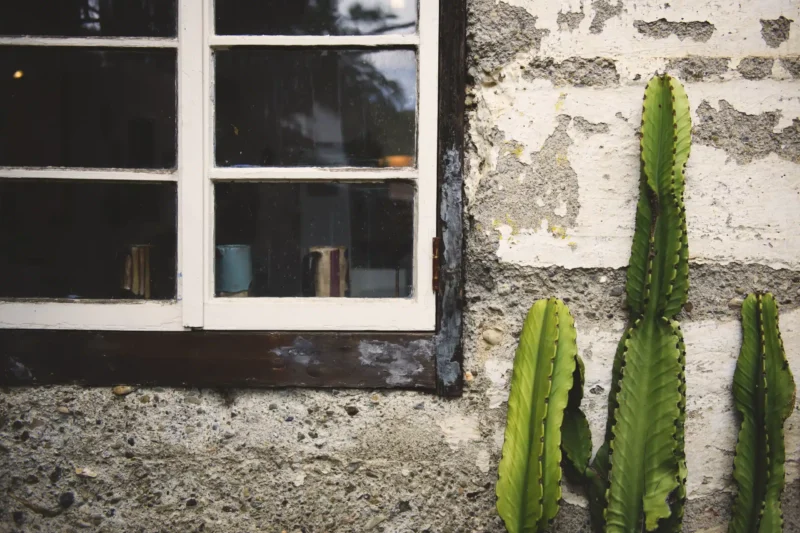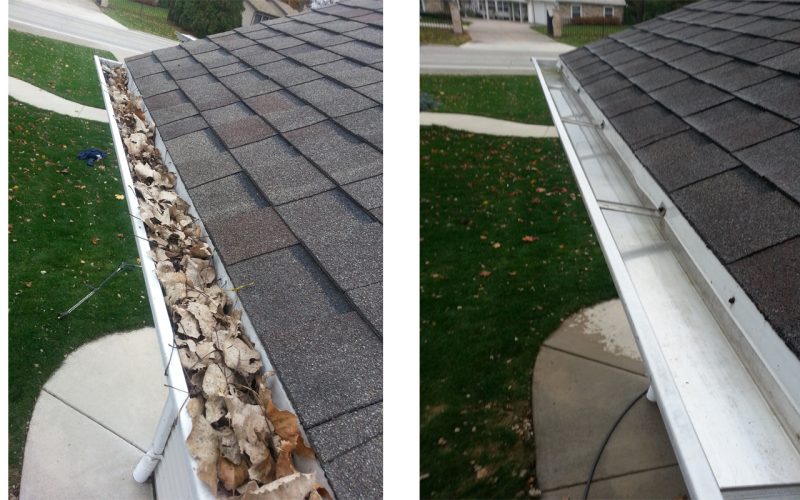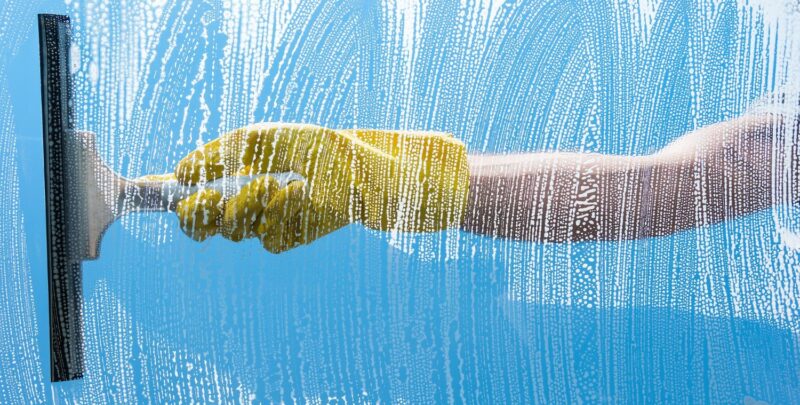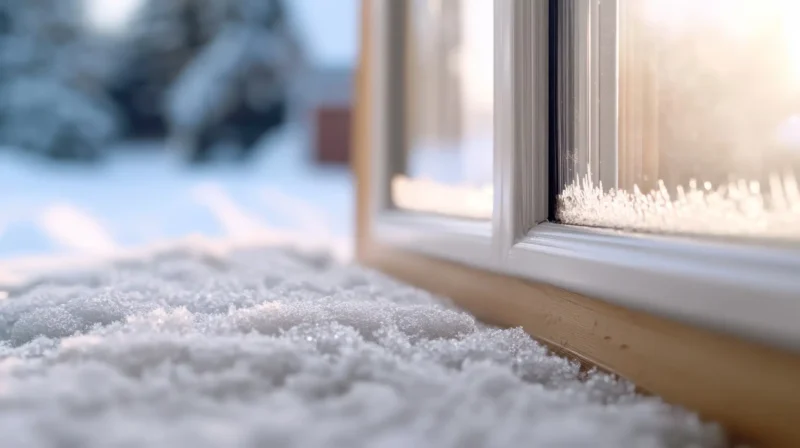Mold is a common issue that can become a persistent problem around the exterior of your house, particularly in moist, shaded, and poorly ventilated areas. Mold spores thrive in damp environments, making outdoor surfaces like siding, decks, and patios prime locations for growth.
While mold might initially seem like just a cosmetic issue, its presence can lead to more significant problems if not addressed promptly. Black mold, in particular, is a concern as it can release toxins that pose serious health risks. Prolonged exposure to mold can result in respiratory issues, skin irritation, and allergic reactions, especially for individuals with asthma or compromised immune systems. Mold can also damage your home’s exterior, leading to structural decay over time.
Therefore, it is essential to get rid of mold as soon as it appears to protect not only your property but also the health and well-being of your family. In this guide, we will explore the common areas where mold tends to grow outside your home and provide effective strategies for removing and preventing mold, ensuring your home stays clean and safe year-round.
Top 5 Outdoor Areas Prone to Mold
Mold growth on the exterior of your house is often triggered by a combination of moisture, poor ventilation, and shaded areas that don’t get enough sunlight to dry out. Understanding where mold is most likely to appear can help you address and prevent it before it becomes a larger issue. Here are the top five areas around your home that are most prone to mold:
- House siding:
Mold on siding is particularly common on vinyl or wood surfaces, especially in humid climates or areas that receive little direct sunlight, such as the north side of the house. Mold not only looks unsightly but can also weaken the material over time. - Deck:
Mold on wood deck, especially black mold, is a frequent issue in areas with high humidity. The moisture trapped in the wood provides an ideal environment for mold to thrive, which can lead to wood decay and structural damage if not addressed quickly. - Patio:
Concrete patios can develop mold due to standing water or consistent exposure to moisture from rain or irrigation systems. This can make the patio slippery, pose a safety hazard, and damage the surface. - Around windows and doors:
Mold around windows and doors usually forms due to trapped moisture from leaks or condensation. Over time, this can lead to black mold growth on the door frames and window sills, potentially compromising the seals and materials. - Roof and gutters:
Roof mold, especially black mold, tends to grow in areas where moisture collects, such as gutters or under shingles. If left untreated, mold can cause significant damage to the roof structure and lead to costly repairs. Roof mold removal should be a priority to protect your home’s integrity.
Best Practices for Mold-Free Exterior Surfaces
Preventing mold outside of the house requires consistent maintenance and attention to moisture-prone areas. Mold thrives in damp, shaded spaces, so taking proactive steps can help keep your exterior surfaces mold-free. Here are some best practices to follow:
- Ensure proper drainage:
Water pooling around your home’s foundation can lead to mold growth. Make sure that your gutters are clear and that water is directed away from your house using downspouts and proper grading. Poor drainage can cause moisture to seep into walls and promote mold on siding and foundations. - Regular cleaning:
Regularly cleaning exterior surfaces like siding, decks, and patios is essential to prevent mold spores from settling. Sweeping away dirt, leaves, and debris reduces the buildup of organic matter that mold feeds on. Early mold detection and cleaning black mold as soon as it appears can prevent it from spreading and causing long-term damage to your home. - Deep cleaning with power washing:
Power washing your siding, decks, and patios once or twice a year is an effective way to remove accumulated dirt and mold. This deep cleaning method uses pressurized water to clean mold from hard-to-reach areas and is particularly helpful for areas with recurring mold growth. For extra protection, use a mold cleaner designed to eliminate spores and prevent regrowth. - Address moisture issues promptly:
Any leaks around windows, doors, or gutters must be repaired quickly. Black mold around door frames or windows often develops from undetected leaks or water infiltration. By sealing leaks and addressing moisture problems early, you can prevent mold from taking root and causing damage. - Ensure proper ventilation:
Proper airflow prevents moisture buildup in areas like outdoor furniture, decks, and patios. Mold on outdoor furniture can be avoided by storing items in a well-ventilated area when not in use. For patios and decks, clear away any objects that could trap moisture and provide mold with a breeding ground.
When to Hire a Professional to Get Rid of Mold
At Windows Cleaning Expert, we understand how difficult it can be to handle mold outside of house, especially when it becomes persistent or spreads across large areas like wood decks, siding, or roofs. If you’ve noticed black mold or widespread mold growth, it’s time to bring in the professionals.
Our team consists of experts in mold removal, using advanced tools and effective treatments to get rid of mold safely and protect your home’s exterior from further damage. DIY methods often fail to remove mold altogether, which can lead to regrowth and more extensive problems. By hiring us, you ensure that the mold is thoroughly removed and your home is safeguarded from future issues. We offer reliable, comprehensive mold removal services to keep your home looking its best and your family safe.
FAQ
- How to clean mold off vinyl siding?
To clean mold off vinyl siding, mix a solution of water and mild detergent. Use a soft brush to scrub the affected areas, then rinse with water. A power washer or a commercial mold cleaner can be used to clean stubborn molds deeper.
- How to get rid of mold on concrete?
Mix water and bleach (1:4 ratio), and scrub the moldy area with a stiff brush. Let the solution sit for a few minutes, then rinse thoroughly with water. Alternatively, use a commercial mold remover specifically designed for concrete to ensure complete mold removal.
- How to remove mold from outdoor furniture?
For outdoor furniture, mix water and vinegar or a mild detergent. Wipe down surfaces with a cloth or sponge, scrubbing stricter spots with a soft brush. A specialized outdoor furniture cleaner can help with stubborn mold. Rinse thoroughly and let the furniture dry completely before use.




